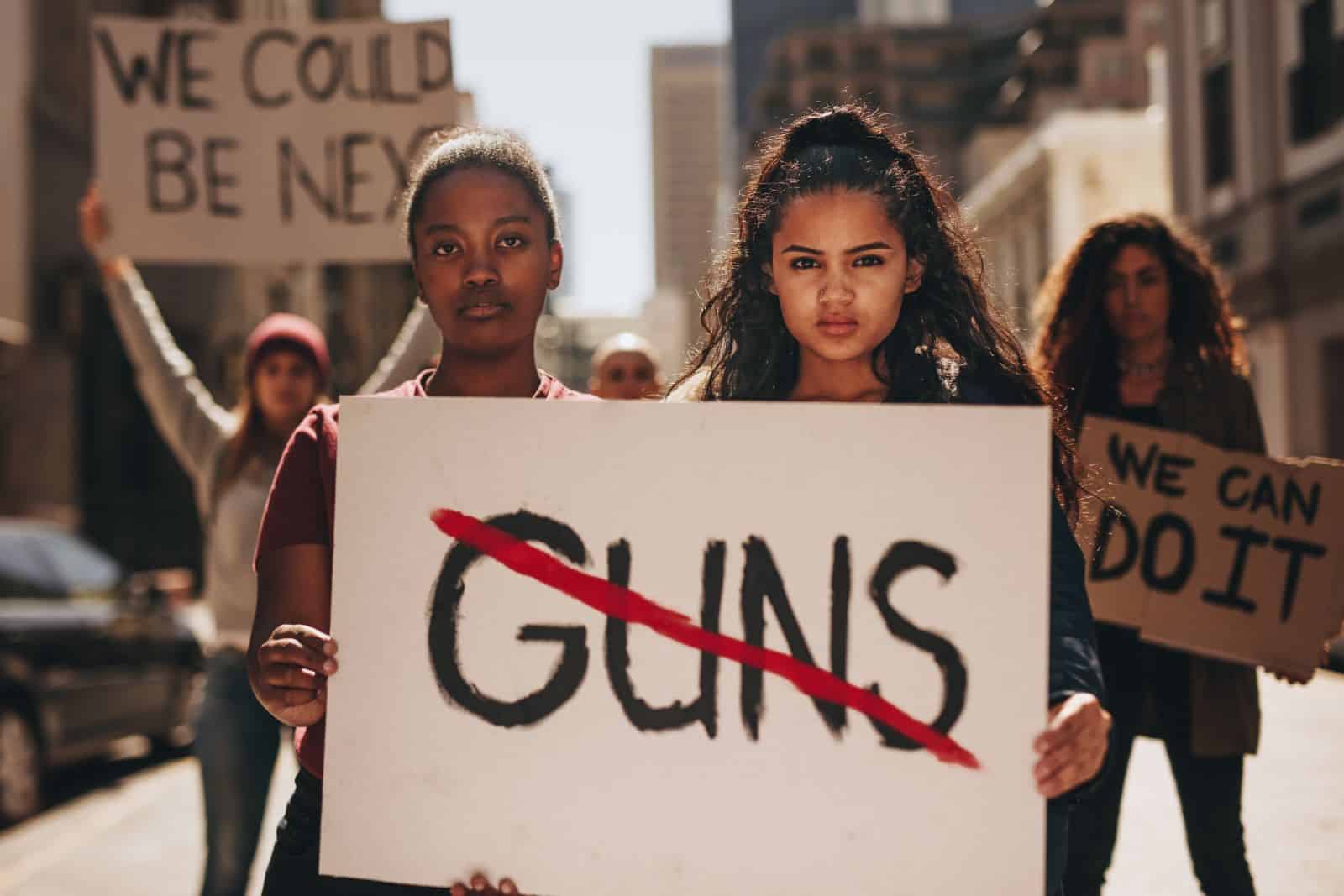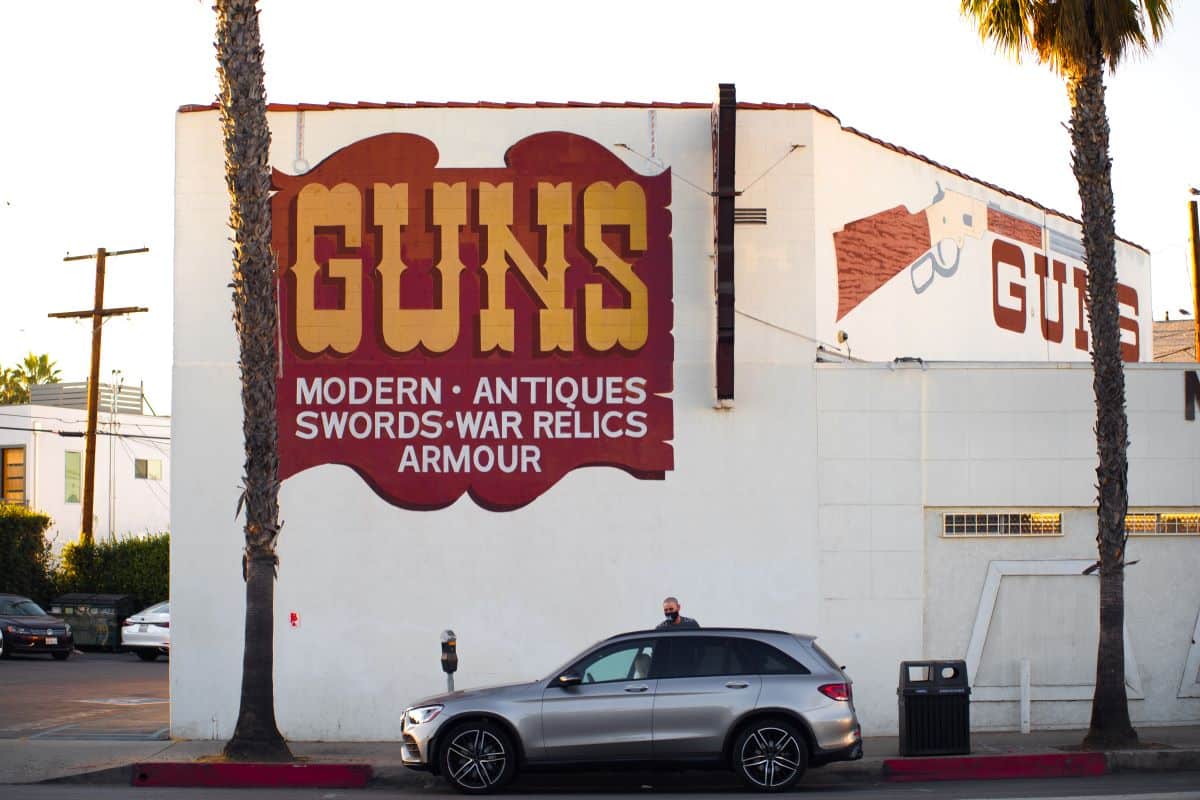Have you ever wondered if the Second Amendment, which was meant to protect Americans, might actually be causing more problems than it solves? But what if it were possible to understand these challenges without dismissing the value of our rights?
Gun Violence Is Rampant

It turns out that the broad interpretation of the Second Amendment has led to an increase in gun violence across the U.S. Studies show that countries with stricter gun laws have significantly lower rates of gun-related homicides. In contrast, the U.S. experiences some of the highest levels of gun violence among developed nations.
Mass Shootings Are Far Too Common

Yes, you read that right. The U.S. leads the world in mass shootings, and the Second Amendment often complicates efforts to implement stricter gun control measures that could prevent these tragedies. The easy access to firearms allows individuals with harmful intentions to carry out deadly attacks.
Legal Loopholes Abound

The Second Amendment has allowed for the existence of legal loopholes, like private sales and gun shows where firearms can be sold without background checks. These unregulated sales make it easier for guns to fall into the wrong hands, contributing to crime and violence.
Law Enforcement Challenges

So why is the Second Amendment causing problems for the police? The answer is simple—risk. Police officers face greater dangers during routine stops and searches because they must assume that citizens may be armed. This can escalate tensions and lead to tragic outcomes.
Schools Are Becoming More Dangerous

The Second Amendment has been used to justify the presence of guns in schools and other public spaces, leading to a heightened sense of danger. The debate over whether to arm teachers or allow more guns in public places is ongoing, but it often overlooks the risks these policies bring.
Political Gridlock

It turns out that the Second Amendment has become a deeply divisive issue in American politics. The intense debates between gun rights advocates and those calling for gun control often lead to legislative gridlock, preventing meaningful reforms from being implemented.
Mental Health and Suicide

Studies show that the easy availability of guns has been linked to higher rates of suicide, particularly in states with fewer gun restrictions. The broad interpretation of the Second Amendment means that efforts to restrict access to firearms for those with mental health issues face significant legal challenges.
Armed Militia Movements

The Second Amendment has been cited by various militia groups as justification for their activities. These groups often promote anti-government rhetoric and can pose significant threats to public safety, as seen in events like the standoff at the Bundy Ranch or the attack on the U.S. Capitol.
The Historical Context Is Misunderstood

The Second Amendment was written in a vastly different era, where the intention was to allow for a well-regulated militia in the absence of a standing army. Today, this amendment is often interpreted as a blanket right to own firearms, disregarding the historical context and the framers’ original intent.
Economic Burden

Gun violence imposes a significant economic burden on the U.S., costing billions in healthcare, law enforcement, and lost productivity. These costs are often borne by taxpayers, yet meaningful reform is hampered by the broad interpretation of the Second Amendment.
Public Events Are Riskier

The presence of guns at public events—often justified by the Second Amendment—can escalate conflicts and increase the likelihood of violence. This makes it harder for Americans to exercise other fundamental rights, like freedom of assembly, without fear.
Erosion of Community Trust

The widespread availability of guns, bolstered by the Second Amendment, can erode the sense of safety within communities. In neighborhoods with high rates of gun ownership, there is often a corresponding increase in fear and distrust among residents, undermining social cohesion.
Challenges to Democracy

The Second Amendment, as it is currently interpreted, has led to a scenario where the right to bear arms sometimes conflicts with other democratic principles, like public safety and the right to life. Balancing these rights is becoming increasingly challenging in a society where firearms are so easily accessible.
The Takeaway

The Second Amendment is a critical part of American identity, deeply rooted in the nation’s history. However, in its current interpretation, it also presents significant challenges. From rising gun violence to the barriers it creates for meaningful reform, the Second Amendment often complicates efforts to ensure public safety. By recognizing these issues, we can begin to have more nuanced conversations about how to balance our cherished freedoms with the need for a safer society.
Featured Image Credit: Shutterstock / HarrisonJeffs.
For transparency, this content was partly developed with AI assistance and carefully curated by an experienced editor to be informative and ensure accuracy.





